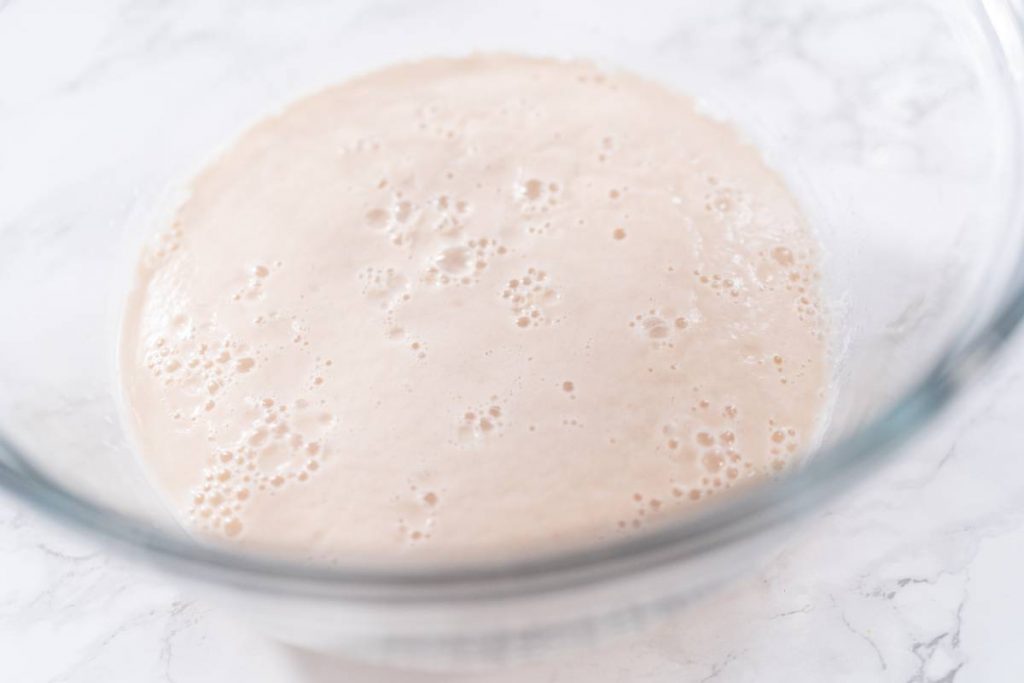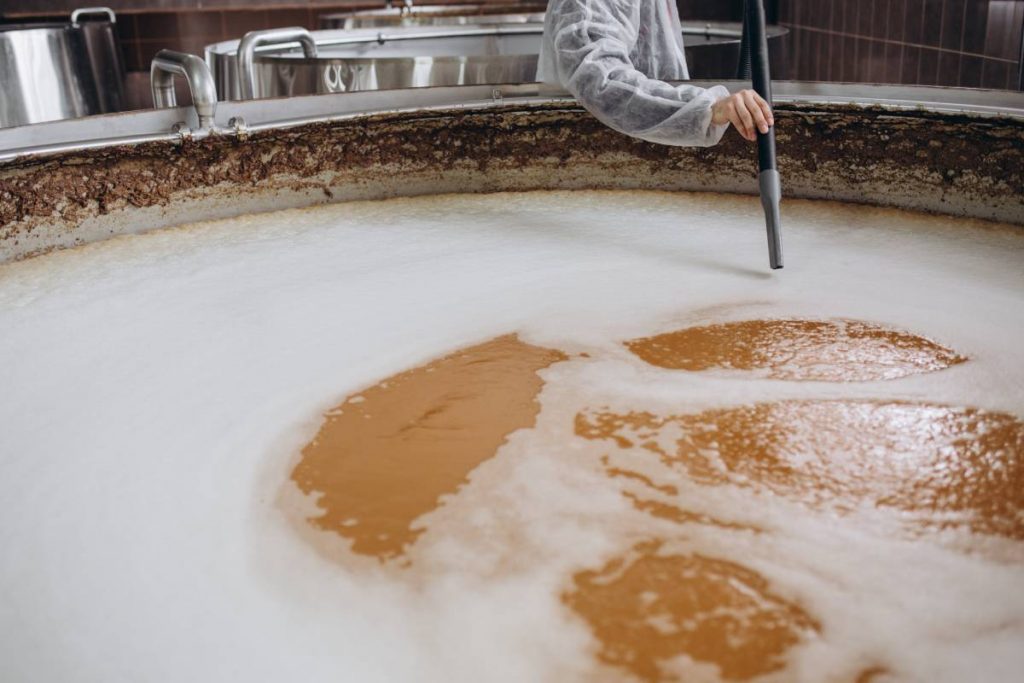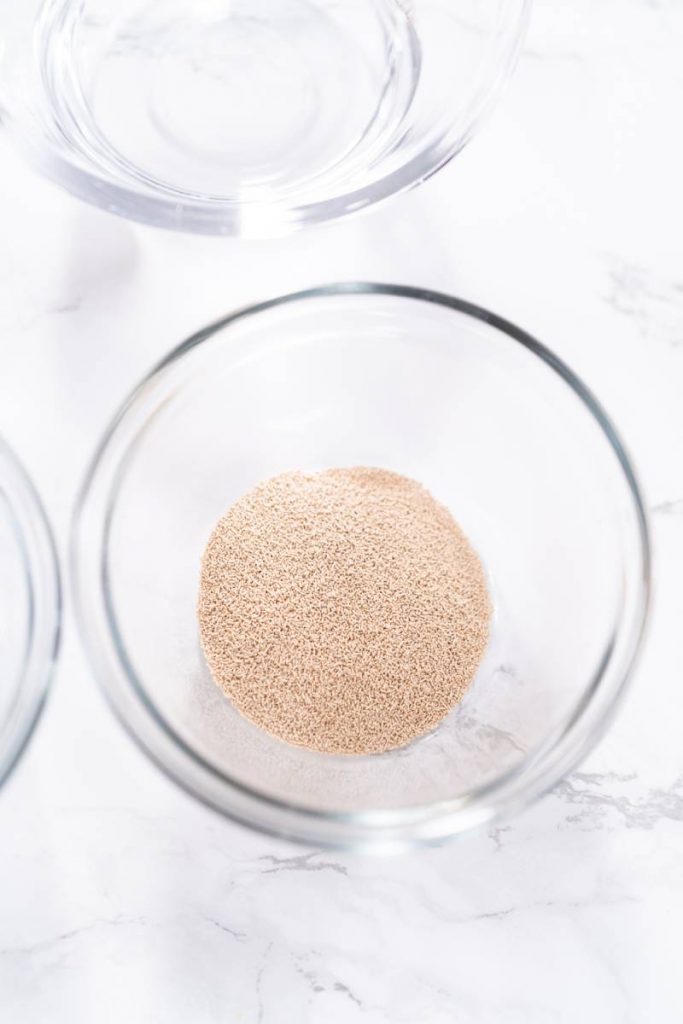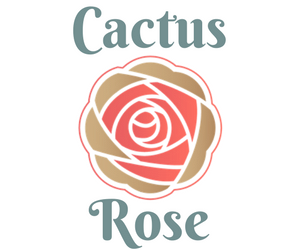Yeast, the unsung hero of culinary alchemy, holds a special place in the world of food and beverage production. From the fluffy rise of bread to the effervescent fizz of beer, yeast plays a pivotal role in transforming humble ingredients into culinary delights. But not all yeast is created equal.
In this article, we will try to explore the diverse types of yeast used in food preparation, from the familiar strains employed in baking to the lesser-known varieties prized for their nutritional benefits and unique flavours.
Without further ado, let’s get into it.
What is yeast made from?
Yeast, that tiny yet mighty microorganism, is an essential ingredient in many of our favourite foods and beverages, from bread to beer. But what exactly is yeast made from? Let’s see.
Yeast is a type of fungus, specifically belonging to the Saccharomyces cerevisiae species. Don’t let the word “fungus” scare you away; yeast is our friend in the kitchen! It’s responsible for the magical process of fermentation, which turns sugars into alcohol and carbon dioxide.
Now, where does yeast come from? Well, yeast can be found almost everywhere in nature, floating around in the air, settling on fruits, and even residing in the soil. But when it comes to making yeast for commercial purposes, it’s a bit more controlled.
The primary source of commercial yeast is cultivated in laboratories or manufacturing facilities. It’s typically grown on a mixture of nutrients, often including sugar, water, and other additives. These nutrients provide yeast with everything it needs to thrive and multiply.

One common method for producing yeast involves growing it in large tanks called fermenters. These tanks provide a controlled environment where yeast can flourish. The process starts by inoculating the fermenter with a small amount of yeast culture. As the yeast consumes the available sugars and nutrients, it begins to multiply rapidly, creating a dense population of cells.
During this growth phase, the yeast undergoes several metabolic changes, producing byproducts such as alcohol and carbon dioxide. These byproducts are what give rise to the characteristic flavours and textures in fermented foods like bread and beer.
Once the yeast has reached a sufficient density, it’s harvested from the fermenter. This typically involves separating the yeast cells from the surrounding liquid and debris. The resulting yeast slurry can then be further processed and packaged for distribution.
In addition to commercial yeast production, some home bakers and brewers prefer to cultivate their own yeast cultures. This can be done using natural ingredients like flour or fruit, which provide the necessary sugars and nutrients for yeast growth. By creating a favourable environment and providing regular feedings, home cultivators can maintain their own supply of yeast for baking or brewing purposes.
So, in summary, yeast is made from a combination of natural ingredients like sugar and water, which provide the nutrients necessary for yeast growth. Whether it’s produced on an industrial scale or cultivated at home, yeast plays a crucial role in countless culinary creations, adding flavour, texture, and leavening power to a wide range of foods and beverages.
Is yeast we use in food and yeast infection on our skin the same thing?
Yeast, a versatile microorganism, plays roles in both culinary delights and skin issues. But are the yeast we use in food and yeast infections on our skin the same thing? Let’s find out the differences.
Firstly, let’s talk about the yeast we encounter in our kitchens. The yeast used in food, typically Saccharomyces cerevisiae, is a type of fungus known for its fermentation prowess. This yeast is responsible for leavening bread, brewing beer, and fermenting wine. When we add yeast to dough or wort (the liquid extracted from malted barley for brewing), it gobbles up sugars and releases carbon dioxide, causing the dough to rise or giving beer its bubbly texture.

On the other hand, yeast infections on the skin, commonly referred to as candidiasis or thrush, are caused by a different type of fungus called Candida, most often Candida albicans. These fungi are opportunistic, meaning they thrive in warm, moist environments and can cause infections when given the chance. Yeast infections on the skin can occur in various areas, including the mouth (oral thrush), genital area (vaginal yeast infection), and skin folds.
Related article: Seborrheic dermatitis: Symptoms, causes, how to treat?
Now, despite their differences, there are some similarities between food yeast and the yeast responsible for skin infections. Both belong to the fungal kingdom, and they share some genetic and structural similarities. However, their behaviours and effects on the body are distinct.
Food yeast, when used appropriately, contributes to delicious flavours, textures, and aromas in various culinary creations. It’s a beneficial organism that has been harnessed by humans for millennia to produce foods and beverages enjoyed worldwide.
On the flip side, yeast infections on the skin can cause discomfort, itching, and irritation. Factors such as compromised immune function, hormonal changes, antibiotic use, and moisture can contribute to the development of these infections. Treatment usually involves antifungal medications to eliminate the overgrowth of yeast and restore balance to the skin’s microbiome.
Long story short, while both food yeast and yeast infections on the skin are types of fungi, they serve vastly different purposes and have distinct effects on our bodies. Food yeast enriches our culinary experiences, while yeast infections on the skin can be bothersome and require treatment. Understanding the differences between these two types of yeast helps us appreciate the benefits of one while managing the challenges of the other.
How many types of yeast do we use in food?
In food preparation, several types of yeast are commonly used, each with its unique characteristics and applications. While they share similarities in their ability to ferment sugars and leaven dough, they differ in their specific strains, forms, and functions. Here’s a breakdown of some of the primary types of yeast used in food and their differences:

- Baker’s Yeast (Saccharomyces cerevisiae): This is the most widely used yeast in baking. It comes in two main forms: active dry yeast and instant yeast. Active dry yeast needs to be dissolved in water before use, while instant yeast can be mixed directly with dry ingredients. Both types of baker’s yeast are known for their leavening ability, helping dough rise and creating light and airy textures in baked goods like bread, rolls, and pastries.
- Brewer’s Yeast (Saccharomyces cerevisiae): As the name suggests, this yeast is primarily used in brewing beer. Brewer’s yeast ferments the sugars extracted from malted barley or other grains, producing alcohol and carbon dioxide, which gives beer its characteristic flavour and carbonation. While closely related to baker’s yeast, brewer’s yeast strains are often selected for their ability to produce specific flavours and aromas in beer.
- Nutritional Yeast: Unlike baker’s or brewer’s yeast, nutritional yeast (typically strains of Saccharomyces cerevisiae or Candida species) is not used for leavening or fermentation. Instead, it’s cultivated specifically for its nutritional benefits. Nutritional yeast is a rich source of protein, vitamins, and minerals, particularly B vitamins like B12, making it popular among vegetarians and vegans as a savoury flavour enhancer or cheese substitute in dishes like vegan macaroni and cheese or sprinkled over popcorn.
- Wild Yeast: In addition to commercially produced yeast, wild yeast strains naturally occur in the environment and can be harnessed for fermentation. Wild yeast is often used in traditional sourdough bread-making, where it provides unique flavours and characteristics to the dough. Unlike commercial yeast strains, wild yeast may vary in its fermentation properties and can impart distinct sour or tangy notes to the finished bread.
While these are some of the primary types of yeast used in food, there are countless yeast strains with varying properties and applications. Each type of yeast contributes to the complex world of food fermentation and adds its own nuances to the flavours, textures, and nutritional profiles of the final products.
Conclusion
As we conclude our exploration of yeast in food, we’re reminded of the remarkable versatility and significance of this microscopic organism. From the traditional art of bread-making to the innovative world of plant-based cuisine, yeast continues to inspire creativity and delight the senses. Whether it’s the familiar rise of dough in the oven, the complex flavours of a carefully crafted beer, or the savoury umami of nutritional yeast, each type of yeast brings its own unique contribution to the table.
So, the next time you enjoy a slice of freshly baked bread or savour a sip of your favourite brew, take a moment to appreciate the remarkable role that yeast plays in elevating our culinary experiences. After all, in the world of food, yeast is truly the stuff of magic.
